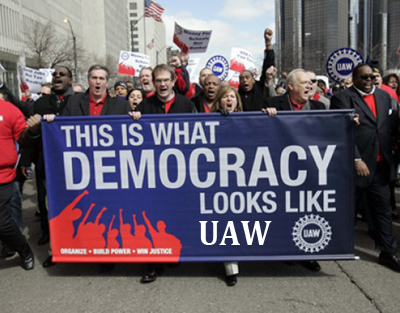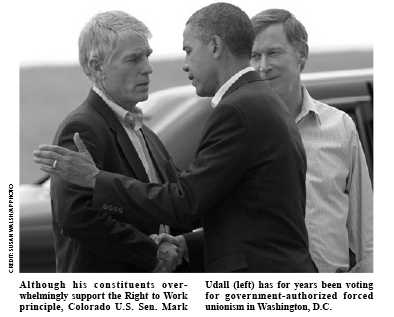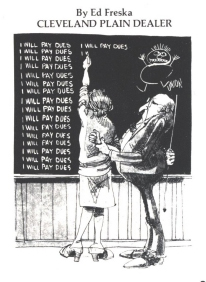Two Newest Right to Work States Enjoy Out-Sized Gains in Manufacturing Employment
Last week, voters in Indiana and Michigan, which respectively adopted the 24th and 25th state Right to Work laws in 2012, rewarded elected officials and candidates who are responsible for having enacted these measures and/or have gone on the record…





